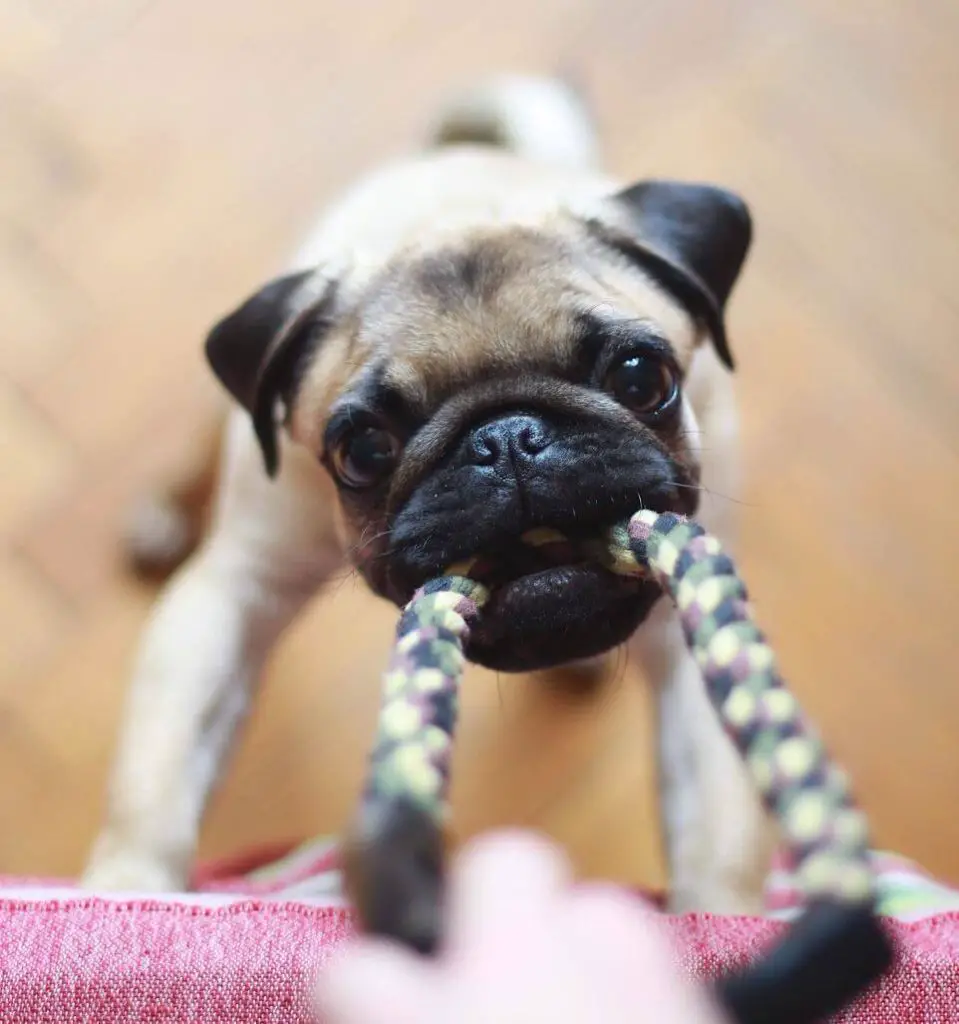Have you ever wondered if your furry friend can get possessive over you? In this article, we’ll delve into the world of dog behavior to understand why some dogs exhibit possessiveness over their owners. Plus, we’ll provide practical tips on how to address and manage this behavior for a more balanced and enjoyable relationship.

Understanding Possessiveness in Dogs:
- Instinctual Loyalty: Dogs are naturally loyal creatures, often forming strong bonds with their owners. This loyalty can sometimes translate into possessive behavior, where dogs may become protective of their favorite human.
- Fear and Insecurity: Possessiveness in dogs can stem from fear and insecurity. If a dog feels uncertain or anxious about losing their owner’s attention or affection, they may display possessive tendencies as a way to ensure their presence is acknowledged.
- Lack of Socialization: Dogs that haven’t been adequately socialized may develop possessive behaviors. Proper exposure to various people, environments, and situations during their early years helps dogs become more adaptable and less likely to exhibit possessiveness.
Signs of Possessive Behavior:
- Guarding Behavior: Dogs may exhibit possessiveness by guarding their owners. This can manifest as growling, barking, or even snapping when someone approaches.
- Attention-Seeking: Possessive dogs often demand constant attention and affection. They may become restless or anxious when their owners interact with others.
- Overprotective Actions: In extreme cases, possessive dogs may display overprotective actions, making it challenging for others to approach or interact with their owners.
Managing Possessiveness in Dogs:
- Positive Reinforcement: Encourage positive behaviors with treats and praise. Reward your dog when they display calm and non-possessive behavior, reinforcing positive habits.
- Socialization: Expose your dog to various people, places, and situations to help them become more comfortable and less possessive. Gradually increase their exposure, rewarding calm behavior during interactions.
- Training and Commands: Implement basic obedience training to establish clear boundaries. Teaching commands like “stay” and “leave it” can help manage possessive tendencies.
- Create a Secure Environment: Provide your dog with a secure and comfortable environment. Ensuring they feel safe can reduce anxiety and diminish possessive behaviors.
- Professional Guidance: If possessive behavior persists or becomes problematic, seek advice from a professional dog trainer or behaviorist. They can provide personalized strategies to address the specific needs of your dog.
While possessiveness in dogs is a common behavior, understanding and addressing it is essential for maintaining a healthy and balanced relationship. By incorporating positive reinforcement, socialization, and professional guidance when needed, you can foster a strong bond with your loyal canine companion while managing possessive tendencies for a happier and more harmonious life together.
